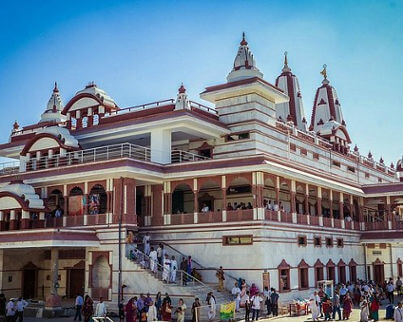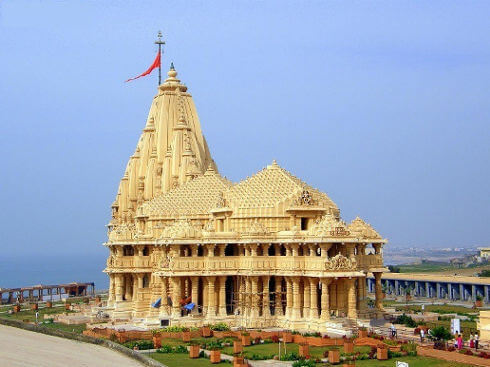Dura Cabs Services Provides You with the best car hire & rental service in Hanumangarh with Memorable moments and a hassle-free journey. U make a relationship forever for all Needs of Travel Services in India. We offer you Car rental in Hanumangarh, Car hire service in Hanumangarh, car on rent/hire in Hanumangarh, taxi service in Hanumangarh, taxi for outstation in Hanumangarh, wedding car rental in Hanumangarh, India tour package, and many Places to Visit in Hanumangarh, etc. Our cabs are from luxurious cars like Toyota Etios, Innova, Crysta, Swift Dzire, Ciaz and many more.
These are the 5 Best Places to Visit in Hanumangarh
Bhatner Fort
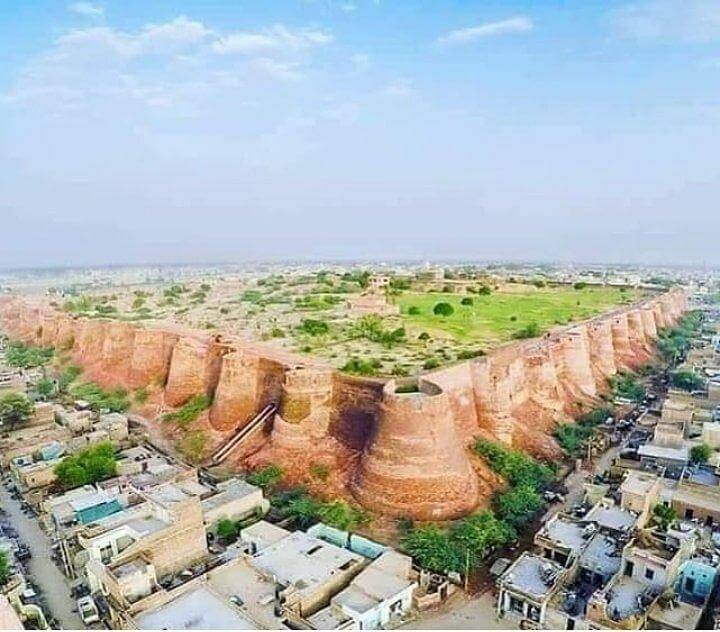
The Bhatner Fort, also known as the Hanumangarh Fort, is located in the heart of Hanumangarh on the banks of the River Gaggar. It lies five kilometres from Hanumangarh Junction Railway Station and 230 kilometres north-east of Bikaner in Rajasthan’s far north.
This fort is more than 1700 years old and is considered one of the oldest Indian forts. Bhupat built this formidable fort in 295 AD Timur, Ghaznavis, PrtihviRaj Chauhan, Akbar, Qutub-ud-din-Aybak, and Rathores have all seized this fort since then. In his book “Ain- I- Akbari,” Mughal Emperor Akbar detailed this fortification. This fort stood in the way of an invasion of India from Central Asia and served as a strong defence against enemy attacks. Finally, in 1805 Raja Surat Singh of Bikaner vanquished the Bhattis at Bhatner. Because this victory occurred on Tuesday, Lord Hanuman’s day, the monarch changed the name of Bhatner to Hanumangarh.
Temple of Shri Gogaji

The Shri Gogaji temple is located approximately 120 kilometres from the city of Hanumangarh and two kilometres from the Gogamedi railway station. Gugga Jahar Peer, also known as Shri Gogaji, governs this temple
This spiritual leader was born 900 years ago in Dadrewa village of Churu district in the lineage of Chauhans. Shri Gogaji was formerly a fighter with spiritual abilities. This temple is claimed to have been built around 950 years ago, and it was rebuilt in 1911 by Bikaner’s Maharaj Shri Ganga Singh. The temple’s building is built of stone, lime, black and white marble, and mortar and stands on a raised mound. This temple’s building is a beautiful combination of Muslim and Hindu cultures. The statue shows Shri Gogaji as a warrior riding a horse, with a lance and a snake around his neck. This temple, which is open every day, attracts people from various communities.
Dhuna Shri Gorakh Nathji
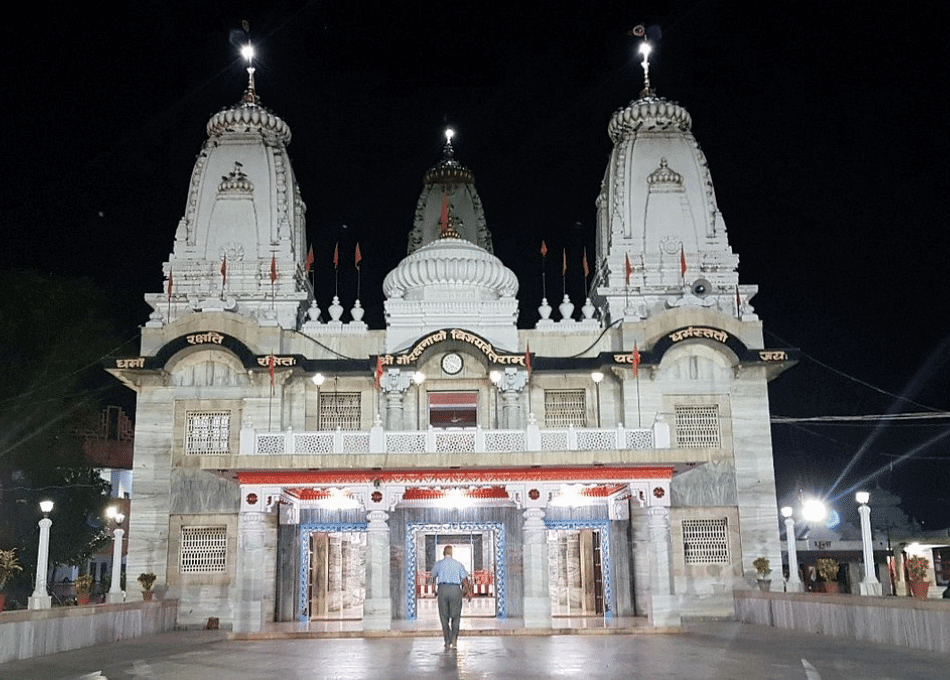
The Temple of Dhuna Shri Gorakh Nathji is situated about three kilometres from the railway station of Gogamedi. This temple is devoted to Lord Shiva along with his family, Goddess Kali, Shri Bhairuji and Shri Gorakh Nathji’s Dhuna. The Dhuna Temple Shri Gorakh Nathji is roughly three kilometres from Gogamedi’s railway station. This temple honours Lord Shiva, his family, Goddess Kali, Shri Bhairuji, and Shri Gorakh Nathji’s Dhuna. Shri Gorakh Nathji, a pupil of Matsyendra Nath, was a skilled yogi and one of the principal Siddhas of the Cult of the Naths’ nine Siddhas.
Made of bricks, lime, cement and mortar, this temple has a three feet high standing stone statue of Goddess Kali. At around the same height, there is a black stone idol of Shri Bhairuji. All the statues of Shiva’s complete family are located beside this idol. Guru Gorakh Nathji’s well-known Dhuna perched atop a mound. This temple is open all year round.
Kalibangan Archaeological Museum
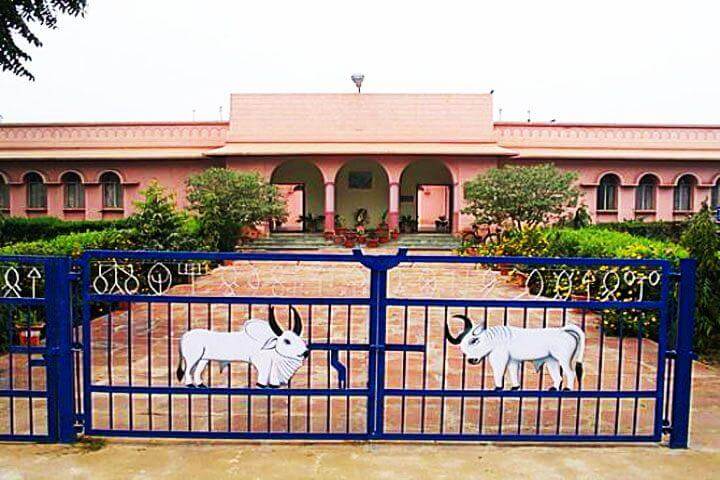
Tourists interested in archeology can visit Kalibanga, which is located in Pilibanga between Hanumangarh and Suratgarh. This village and its famous archaeological museum is about five kilometers from Pilibanga railway station. This museum has three galleries, the first displays pre-Harappan artefacts and the other two display Harappan artefacts.
Shri Kabootar Sahib Gurdwara
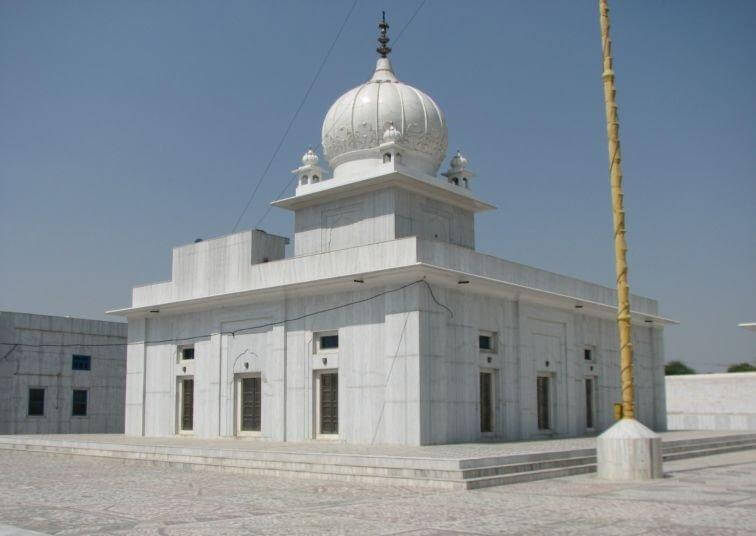
Shri Kabootar Sahib Gurdwara is roughly 80 kilometres away in the town of Nohar. This shrine was built to commemorate Guru Gobind Singh’s momentous visit in November 1706, when he was the Tenth Guru of the Sikhs and the creator of the Khalsa Panth. On his trip back from Sirsa, Guru Gobind Singh halted here and set up camp at a Chhip Talai to the southeast of the town. When Guruji visited this location, a swarm of pigeons, or ‘kabooter,’ as they are known as they are known in Punjabi, Guruji would congregate. This occurred because many individuals in the region used to feed these pigeons. During Guruji’s visit here, one of his Sikh disciples inadvertently stepped on a bird, hurting it. Because the inhabitants in this area practised nonviolence, this behaviour outraged them
Guruji recruited a barber-surgeon to heal the pigeon in order to appease the locals. Following this, word spread that Guruji had used his spiritual talents to bring a dead pigeon back to life. The barber’s family then built a platform at the campsite on which this gurdwara later built, circa 1730.


